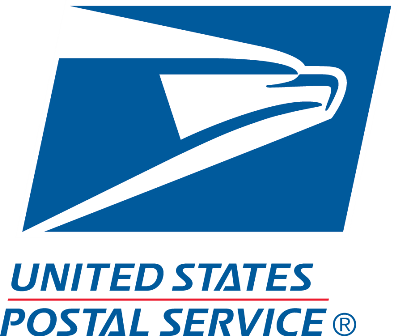Finding and Repairing Retro Radios Turned into a Successful Side Hustle
Hello! Who are you and what are you working on?
My name is Allen Chiang, and I founded Retro Radio Farm, where I repair and restore old radios. I offer Bluetooth MP3 upgrade if the customer wants to play digital music.
I have a busy career as an IT professional. Retro Radio Farm is side business that grew out of a recent hobby of mine.
Right now, I make about $50K a year for the work I put in primarily on weekends. While it’s highly profitable, it has not yet lucrative enough yet for me to quit my day job. Although, the business has been growing 20% every year.

What's your backstory and how did you come up with the idea?
One day back in 2012, I happened to go to a local flea market. I wasn’t looking for anything in particular, and I'm not a flea market or garage sale regular.
I noticed these...

Download the report and join our email newsletter packed with business ideas and money-making opportunities, backed by real-life case studies.

Download the report and join our email newsletter packed with business ideas and money-making opportunities, backed by real-life case studies.

Download the report and join our email newsletter packed with business ideas and money-making opportunities, backed by real-life case studies.

Download the report and join our email newsletter packed with business ideas and money-making opportunities, backed by real-life case studies.

Download the report and join our email newsletter packed with business ideas and money-making opportunities, backed by real-life case studies.

Download the report and join our email newsletter packed with business ideas and money-making opportunities, backed by real-life case studies.

Download the report and join our email newsletter packed with business ideas and money-making opportunities, backed by real-life case studies.

Download the report and join our email newsletter packed with business ideas and money-making opportunities, backed by real-life case studies.

















